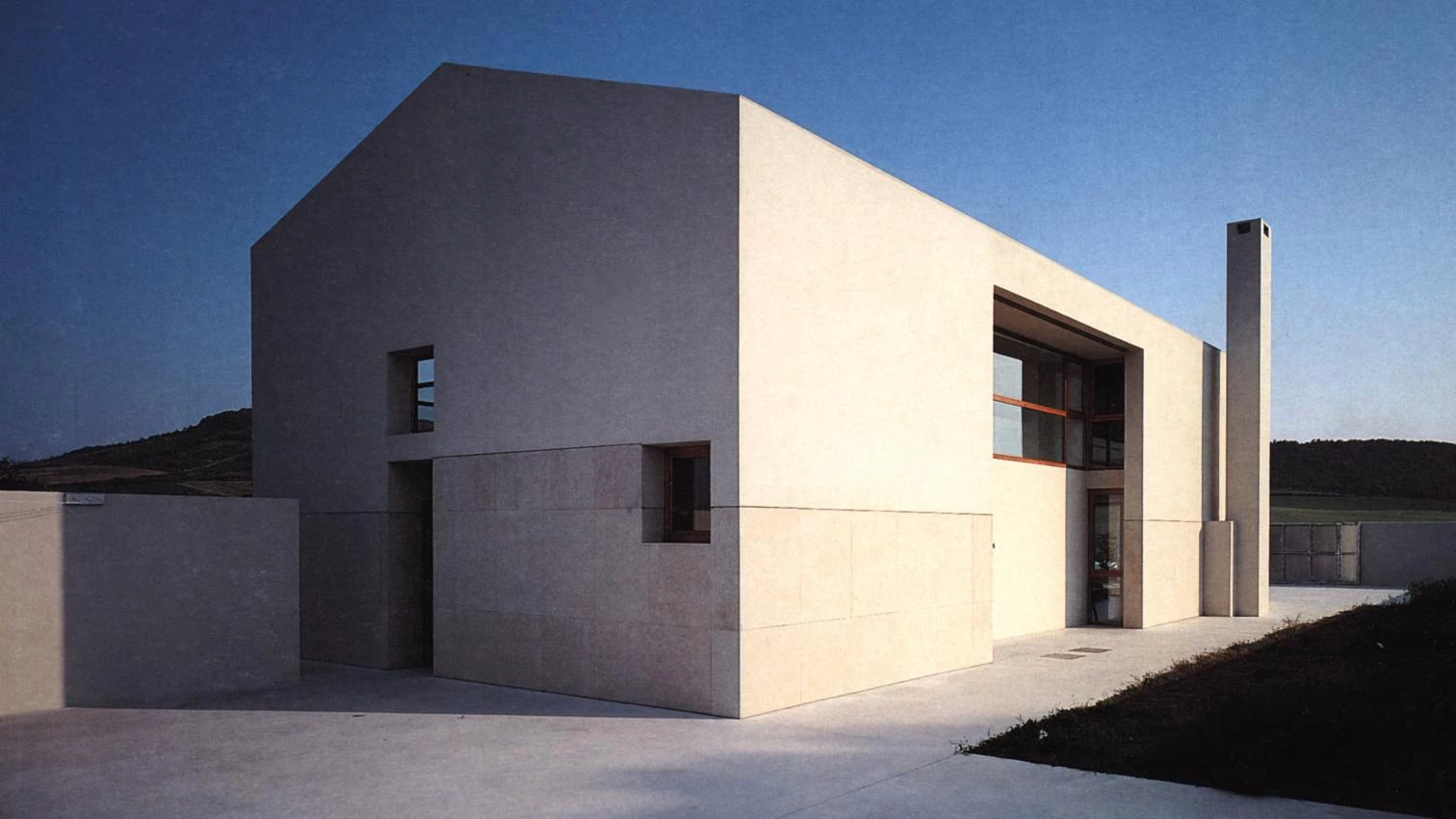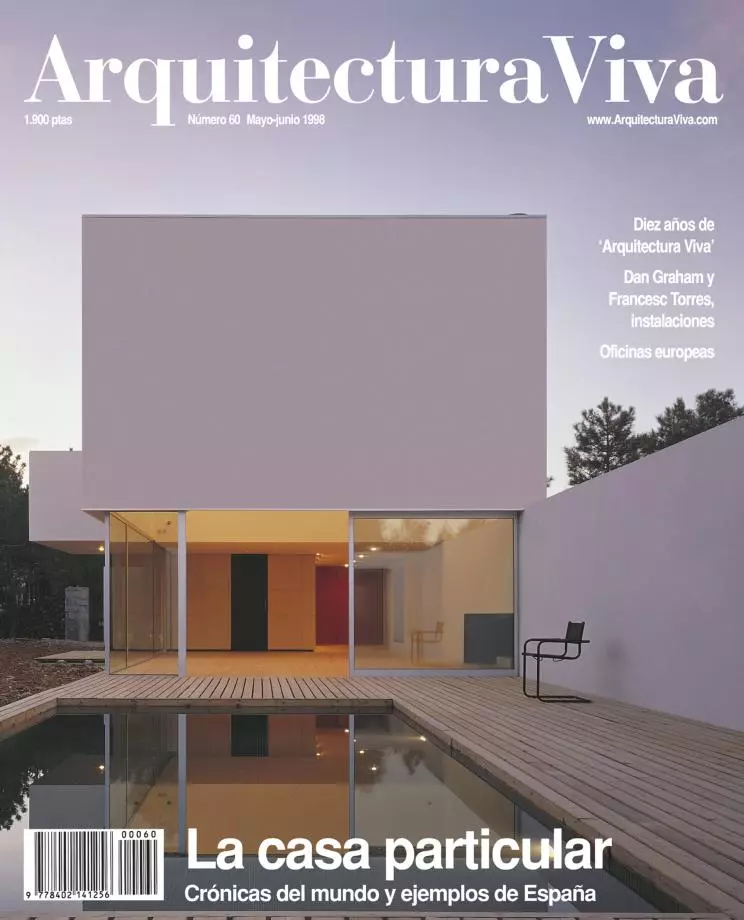
The private house is public. A favorite song of Spanish children sums it up with irony: “the courtyard of my home is private, it gets wet in the rain just like the others.” Subjected to universal conditions, the singular precinct of the house bends to climate as it does to technology, manners or fashions: the public sphere reverberates in this private space. As a shelter for individual dreams, the house is thought to belong to the realm of psychology; but its statistical character places it also in the choral domain of sociology. Nothing expresses this collective dimension better than the term ‘one-family dwelling', a sudden semantic zoom from generic to specific that is almost a portrait of contemporary society.
And neither is the private house peculiar. Though we pretend it is a laboratory for architecture, experiments are often limited to the field of esthetics: rarely do they explore technical innovations or patterns of living. In the end, the hardened inertia of custom prevails over the creative bubble of imagination; if inhabiting is habit, routine weaves the predictable and placid warp of the common house: common because it accommodates all, and common because familiar. There is little uncertainty in the private house; emotion dries up in details, and the story advances toward a foreseeable denouement. In the end, perhaps, there is nothing particular about this house.
In other times, the modern house was a popular aspiration and the symbol of a comfortable functional life, free of archaic rites and liturgies. Today it is simply a fraction of real estate demand, more a sign of identity than of status, and little more than a stylistic mark in our sign-cluttered universe. Young architects pursue the spirit of the times in the virtual constructions of the digital world or in the artificial landscapes of the hypermodern territory, but the search for it only defines an esthetic that joins the already fractured panorama of contemporary creation. Although they do not invent the future, they build an ecological niche into it: a particular case after all.
The private house is perhaps not extraordinary; and its nature is certainly universal: it belongs to its time, but not necessarily to its place. No experience manifests this as eloquently as the casas de rifa of Montevideo, designed by Uruguayan students of architecture and put into a lottery that funds their one-year tour of the world. On one hand, the houses each reflect a particular moment of theory and criticism; on the other, they facilitate a planetary wandering in search of the cosmopolitan sources of the general. Frozen at a point of their genesis while stimulating aleatory movement around them, these private and universal houses provide the best image of our times of chance and our world of necessity.






